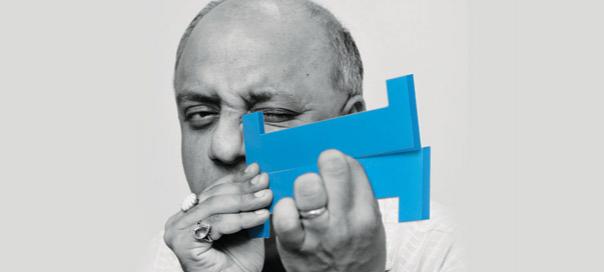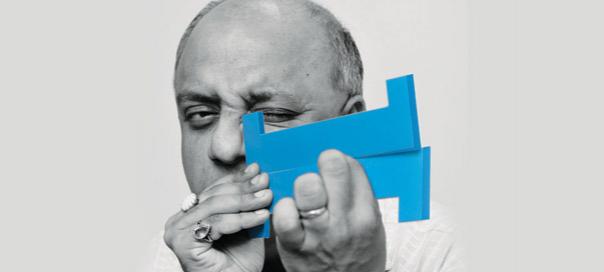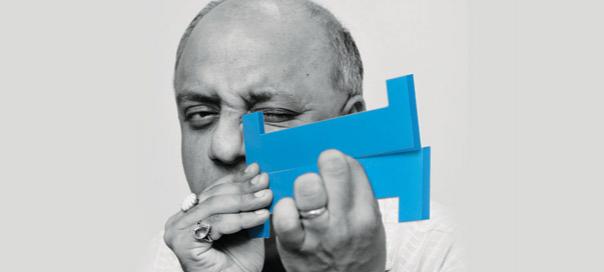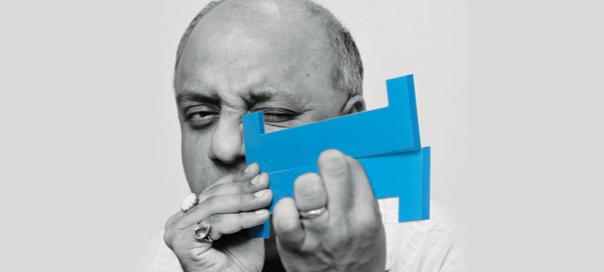It’s barely been a month since Narendra Modi and his MPs took over their offices and the media has already begun observing the differences. Noting that “the government seems to be running on silence,” a recent DNA piece says, “Key secretaries are mum. There’s no media advisor to the PM. The Press Information Bureau (PIB) has hardly any information. The Bharatiya Janata Party (BJP) has scrapped its daily briefing, which was the lifeline of the political beat for many years”.
At first, one may feel this goes against the tenets of democracy where information, apart from what is ‘secret’ and classified ‘confidential’, is shared with the masses to garner majority opinion; whether a measure is well accepted, or not; and if a proposal or plan will have desired term positive impact or not. At the same time, the silence that DNA speaks about should be understood against the hopes unnecessarily raised by talking heads, tall claims and verbosity.
We’ve heard enough of “we will do this, we have done that”, mutual backslapping and blowing one’s own trumpet that goes on among ministers and spokespersons — particularly on news channel debates. Modi seems very clear that he wants to walk the talk — that is the pre-election promises the BJP made — and not even tall claims, half-baked information and wrong communication play spoil sport. Although noted author and journalist Anita Katyal likened Modi’s first interactions with the newly-elected members of Parliament as a glimpse of his own style of functioning and expectations and issuance of directions “similar to those given to students by their school principal on the first day of the academic session”, one realises that he has addressed all that men (and women) in high government offices in a democratic setup should not do. As rediff.com put it, “From avoiding speaking unnecessarily to the media, to avoid power brokers in the capital, to barring them from touching his (Modi’s) feet”.
The fact that Modi has taken an allround notice of the slew of issues that mar the functioning of parliamentarians thereby adversely impact governance as a whole, is noteworthy.
I chanced upon a comment by one John Rutherford, a reaction to an entry in theconversation.com by John Keane, a professor of Politics at University of Sydney. On Keane’s review of David Runciman’s The Confidence Trap, a history of democracy from World War I to the present, Rutherford points out: “Democracies, empires, countries big and small, they all fail because the population play “FOLLOW THE LEADER” who is nearly always a self-serving egotist whose interests are not those of the general population. The information that the public receive is bent, twisted and half baked at best and the population swallow it like medicine because the leader told them so. The other thing that collapses them is debt and globally we have plenty of that. It is always the political elites the cause the problems and crisis for democracies.”
I reproduce Rutherford’s comment here because there is a certain sense of recognition we all have in what he says. Good and bad — we, as the largest democracy in the world, have experienced what it can do. We have also seen the futility of the Fourth Estate in strength and ministers eager to find their own bytes on any issue under the sun.
It makes sense when Modi tells his lawmakers not to “avoid” speaking to the media as there is no need to speak on national issues unnecessarily. Instead, the Prime Minister urges them against wasting time chit-chatting in the Central Hall of Parliament and use the well-stocked House library in order to be armed with knowledge and be good in their respective offices, by enhancing their skills in the “temple of democracy”. It sounds almost utopian but if even 5% of the lawmakers take Modi seriously, debates on issues are bound to become more tangible, productive and solution-driven.
This should also stop a lot of armchair journalism. Studies often talk about “the dumbing down” of news where a quote makes the headline and the body copy consists of ‘padding’ or background information. Investigative journalism has suffered too with the mid to senior echelons of the media mostly relying on quotes from their sources over the phone. “You can’t always blame the journalists really. Perhaps speed with which news is disseminated given the rise of the Internet highway has made journalists feel the heat of the publishers’ expectations in terms of delivery like never before. How can you expect an individual who’s been in the news business for just few months or years to go out in the field, connect with contacts and in the evening churn out 8-10 reports a day and yet maintain quality? The pressure of quantity over quality is just a behemoth,” says a former journalist who teaches at a prestigious national mass communications institute. He prefers to remain anonymous.
So where do Modi and his methods come in here? “Actually the ball is in the senior-level journalists’ court now. No more can they just send their juniors out to collect and sit smug to connect pieces of information for their exclusive copies. High-level information, the junior journalists can’t get and for such information they themselves have to take to the field. Further, there’s a level of transparency that will be surely seen on both sides of the divide. Sometimes, although rarely, journalists don’t make their intentions clear in seeking a byte or quote from a minister and next day all hell breaks loose. Hopefully, this will stop.”
But what if no information begets secrecy and practices that go against democracy, what if the corrupt become more corrupt as the public dims on them unlike earlier? For that, we have to wait and watch. After all, it’s just been 30-plus days of the new government.
Feedback: abatra@exchange4media.com
























